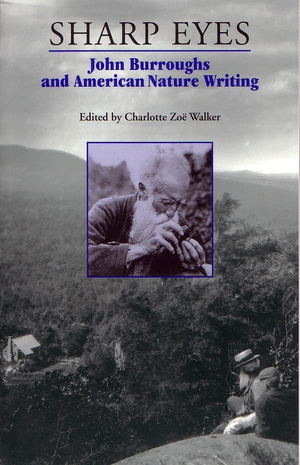Description
John Burroughs, the genial and tremendously popular author of the nineteenth and early twentieth centuries, has gained renewed appreciation at the end of the twentieth century. His quiet approach to nature writing—a combination of scientific observation and poetic spirit, has informed generations of readers. This book is a testament to the importance of his work in modern literature.
In addition to exploring the historical aspects of Burroughs’s life and character, these works illuminate his role as a writer and his relationships with such contemporaries as Whitman, Thoreau, Emerson, and Muir. Frank Bergan discusses Burroughs as environmentalist, Bill McKibben writes on Burroughs and the call of the “not so wild,” Daniel Payne expounds on Burroughs’s religion of nature, Wendell Berry considers the sacred economy of homesteading, and Ralph Black provides an analysis on Burroughs and the poetics of the nature essay.
This book will have special appeal to those interested in nature writing, American literature, and environmental and cultural history of New York State. A section on the history and current use of Burroughs’s work in the classroom also makes the book a valuable resource for teachers.
About the Author
John Burroughs was a writer and an environmentalist whose work was tremendously popular in the nineteenth and early twentieth centuries. He was a friend and contemporary of Walt Whitman and John Muir.
Charlotte Zoë Walker is a professor of English at the State University of New York at Oneonta, where she teaches courses in nature and literature. She is also the editor of The Art of Seeing Things: Essays of John Burroughs, published by Syracuse University Press.
6 x 9.25, 344 pages, 20 black and white illustrations
August 2000




